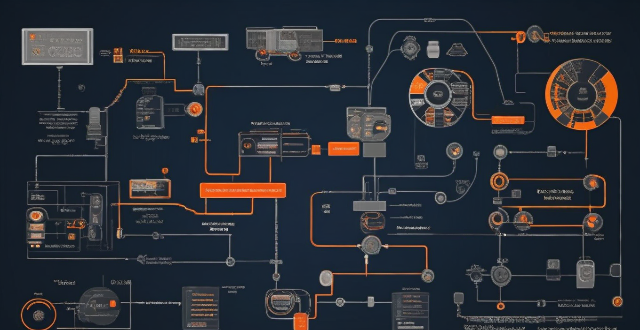The article discusses different types of combination motor drives, including AC, DC, servo, and stepper motor drives. It highlights their unique features such as precise speed control, high torque output, regenerative braking, position control, feedback systems, and microstepping capabilities. The article emphasizes the importance of selecting the appropriate type of motor drive based on the specific needs and requirements of the application.

Types of Combination Motor Drives
Introduction
Motor drives are electronic devices that control the operation of electric motors. They are used in a wide range of applications, from industrial machinery to household appliances. There are different types of combination motor drives available in the market, each with its own unique features and benefits. In this article, we will explore the different types of combination motor drives and their characteristics.
1. AC Motor Drives
AC motor drives are designed to control the speed and torque of alternating current (AC) motors. They are commonly used in industrial applications such as pumps, fans, and conveyors. Some of the key features of AC motor drives include:
- Speed Control: AC motor drives allow for precise control over the speed of the motor, which can improve efficiency and reduce energy consumption.
- Torque Control: They also provide torque control, which is important for applications that require varying levels of force or power.
- Reversing Capability: Many AC motor drives have the ability to reverse the direction of the motor, making them suitable for reversing applications.
2. DC Motor Drives
DC motor drives are designed to control the speed and torque of direct current (DC) motors. They are commonly used in applications such as robotics, CNC machines, and elevators. Some of the key features of DC motor drives include:
- Precise Speed Control: DC motor drives offer precise control over the speed of the motor, which is essential for applications that require high accuracy and repeatability.
- High Torque Output: They also provide high torque output, which makes them suitable for applications that require high force or power.
- Regenerative Braking: Many DC motor drives have regenerative braking capabilities, which allows the motor to convert kinetic energy into electrical energy during deceleration.
3. Servo Motor Drives
Servo motor drives are designed to control the position, speed, and acceleration of servo motors. They are commonly used in applications such as robotics, CNC machines, and packaging equipment. Some of the key features of servo motor drives include:
- Position Control: Servo motor drives provide precise position control, which is essential for applications that require accurate movement and positioning.
- Speed and Acceleration Control: They also provide speed and acceleration control, which allows for smooth and controlled motion.
- Feedback Systems: Servo motor drives typically use feedback systems such as encoders or resolvers to monitor the position and speed of the motor, providing closed-loop control.
4. Stepper Motor Drives
Stepper motor drives are designed to control the movement of stepper motors by providing precise steps or increments of rotation. They are commonly used in applications such as 3D printing, CNC machines, and automation equipment. Some of the key features of stepper motor drives include:
- Precise Movement: Stepper motor drives provide precise movement by controlling the number of steps taken by the motor, allowing for accurate positioning and repeatability.
- High Torque Output: They also provide high torque output at low speeds, making them suitable for applications that require high force or power at slow speeds.
- Microstepping: Many stepper motor drives have microstepping capabilities, which allows for even finer control over the movement of the motor.
Conclusion
In conclusion, there are several types of combination motor drives available in the market, including AC motor drives, DC motor drives, servo motor drives, and stepper motor drives. Each type has its own unique features and benefits, making them suitable for different applications. When choosing a combination motor drive for your application, it is important to consider factors such as the type of motor being used, the required level of precision and control, and the specific needs of your application.